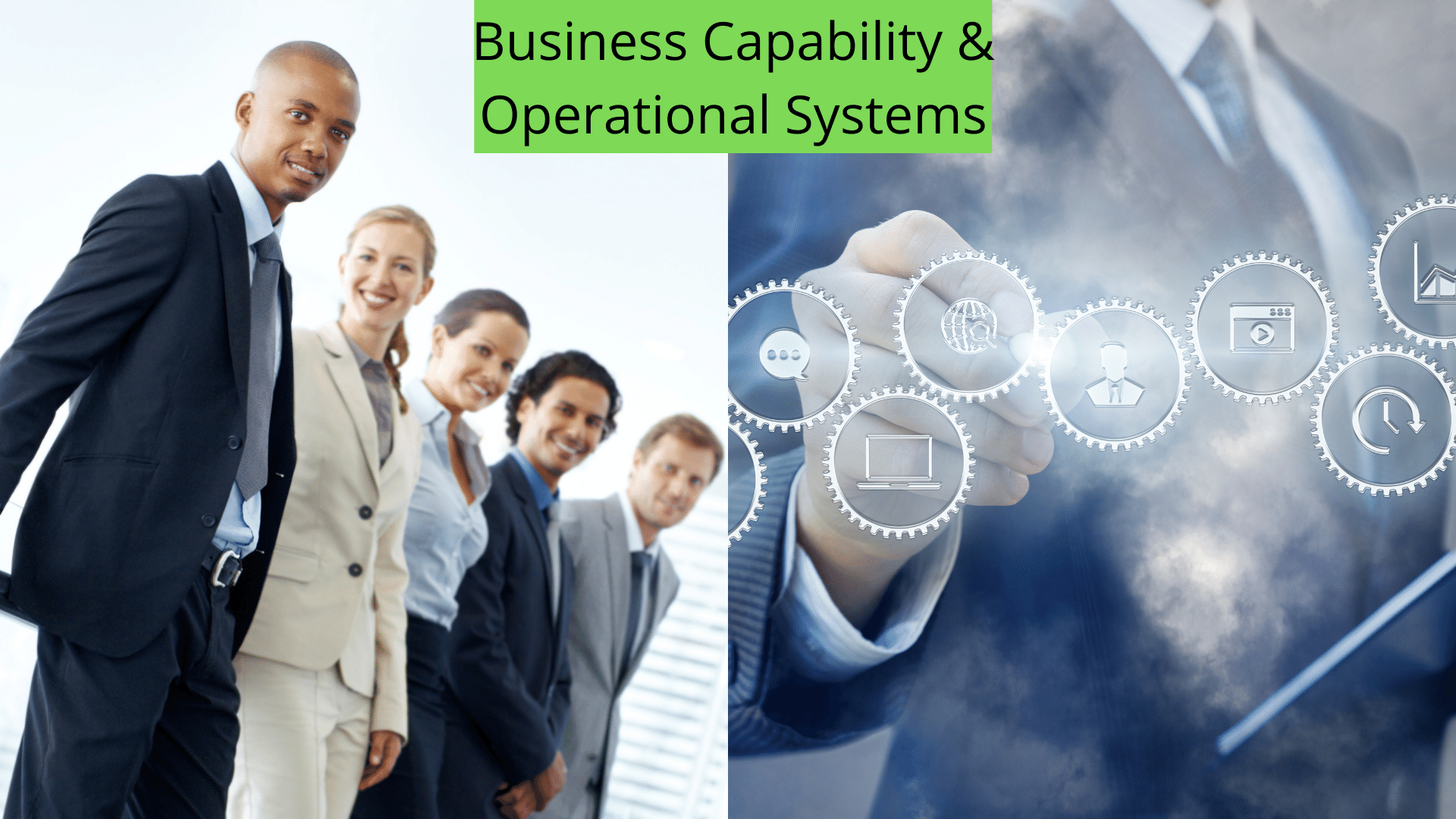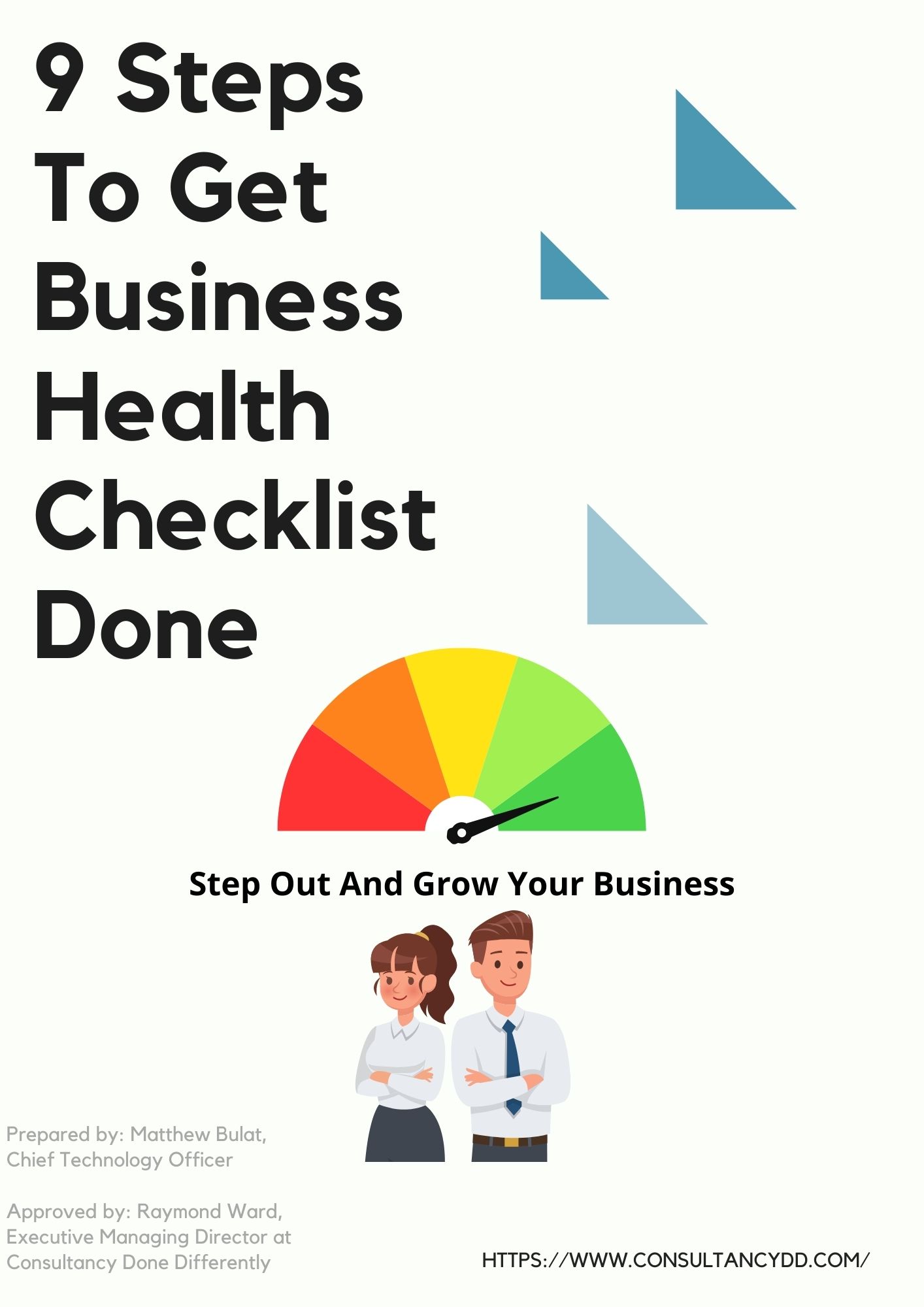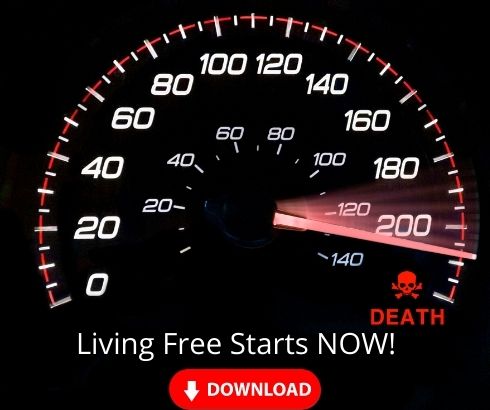Business Capability For Business Managers
Operational Systems For Business Managers
17 Things Every Business Manager Needs To Know About Business Capability and Operational Systems

Business capability is the ability of a company to produce goods and services, generate revenues, deliver value to customers and create an environment for its employees that is supportive of high performance. Operational systems are those processes which allow the business to operate smoothly. With both business capability and operational systems in place, a company can be successful with their operations. This web page will explore what each system entails as well as how they work together to drive success within a company.
How to build a business capability?
A business capability is a measurement of the organization's ability to deliver on its strategic intent and it recognizes that an organization cannot do everything well but can do one thing very well.
A common way to benchmark your capabilities is through the Balanced Scorecard framework, which will help you assess your performance in four streams of critical activity: financial, customer, internal processes and innovation/learning.
The Balanced Scorecard allows for organizational shifts by measuring inputs against outputs rather than being focused solely on outcomes or initiatives like many other frameworks today. The focus is on both strategy implementation and achieving desired results while balancing multiple input channels such as financials, customers and employee sentiment (employee engagement surveys).
How do business capabilities help revenue generation?
Business capability refers to a company's ability to produce new or improved products or services, as well as to resolve problems in order to provide superior customer service.
New business capabilities are created by assessing current and future market trends and demands, examining industry standards, setting out goals for what the company needs to accomplish over time, and constantly monitoring life cycle.
The revenue generation that results from implementing these new business capabilities is based on the sales which may lead into profit depending on how much you’ve spent on marketing & sales. Doing so can help sustain your company’s growth while achieving metrics for success.
How is business capability defined?
In the business capability model, a company is everything inside its scope.
Business process refers to how work gets done and performed by different people interacting with different kinds of resources (such as machines, data, people) in appropriate ways.
A map that catalogues where stakeholders need to do their job for the central company goal, which also identifies who does what at each stage of delivering value to customers. Business Capability Map should be thought of as a set of maps from an Organization’s point on view illustrating how work flows through it from beginning to end. All maps will have some level of linkage between them since they usually have cross-functional requirements at all levels—from input suppliers and output recipients down to specialized business functions.
Actionable business processes may be referred to as business capabilities, the ability that a business unit has to perform business functions and tasks in the right way at the right time for its internal customers and external markets. The business capability maps enable a business unit to analyze how it is going about doing things: What kinds of processes are being used , which business processes are used to achieve business results, and where is business process context in the business capability maps.
How to create a business capability map?
A business capability map is similar to a traditional SWOT analysis in that it provides organizations with an understanding of their internal strengths and weaknesses, as well as external opportunities and threats. However, a BCO's focus is on how each of the four boxes (strengths, weaknesses, external opportunities, and external threats) can be leveraged by enabling new avenues for competitive gain. Whereas SWOTs are known for identifying only those issues that either hinder or undermine performance goals strategically speaking.
How to create a business capability model?
A business capability model, or BCM, is a way to visually depict the capabilities of an enterprise-a collection of work units that deliver products and services. BCMs are also used as a means to convey what's possible in different parts of the organization.
A Business Capability Model can be created by an enterprise architect that understands both business strategy and IT capabilities. The model should list core objectives and identify which departments must develop specific skills or acquire resources for them to attain their objectives. The model should then highlight processes required to support those objectives.
The end goal is to provide a visualization of what your business needs so it can function more efficiently, especially when it comes time for project managers proposing new systems to figure out how they can help.
As business needs change and business capabilities are enhanced, business capability models should be reviewed. An update to the business capability model can yield a larger pie for everyone-more budget and resources allocated to enhancing business capabilities.
How to create a business capability roadmap?
A capability roadmap is a document that enumerates the capabilities that are needed to achieve business objectives.
It also lays out when and how these capabilities will be achieved, as well as identifying any gaps in the current state of capability. By clearly stating what you need, who will do it, and by when you need it done by, this document ensures alignment between all parts of the organization. For example: does customer service need more staffing or just better training? Do we have enough product development resources to meet demand for new products?
How to define business capabilities?
A core capability of a business is the collective competencies and methods that it uses to create sustainable competitive advantage for its customers in an environment then prevail. In other words, they are the fundamental abilities required to provide services to its customers. Examples of core capabilities include engineering, design, marketing and distribution channels. Companies need certain capabilities as their 'core' - without them, a company can't be successful!
Business process is about the set of steps established for carrying out a sequence of activities vital to the operation or maintenance of an organization or process. They mainly consist on how work gets done by members of an organisation (or ones outside) - including what tools/techniques are used and under what conditions (operational and regulatory). They describe the core activities that need to be undertaken, as well as what resources are required and how they would work together in order to fulfil their mission.
How to improve business capabilities?
To improve business capabilities, it's important to figure out what your business does well and work on areas where you can accumulate a competitive advantage. I recommend taking time for reflection at regular intervals to look for whether or not the current goals are still relevant as they were set. You'll know that you made progress when you see an opportunity coming up just as you planned it.
Building capability is also key in developing these capabilities, so look at the different ways of improving your company's ability to do things like more effectively manage major shifts in technology, change customer preferences or prepare for new versions of products more easily. Finally, try mapping things like trends and innovation with what customers want - one new way of doing this is by using a trend wall. It will be a time-saver when you find that one or two ideas really start to take off and may even provide an opportunity for new business.
How to measure business capability?
To measure business capability, define the core competencies that businesses need to be able to execute. Then, assess whether the current processes are adequate in terms of quantity and quality. Business units can also serve as a way to measure business capability. These are smaller divisions or segments within a company where there is a clear, well-defined set of objectives; they enable managers at all levels within the organization to have clarity with respect to measurable goals and specific success criteria for reaching those goals.
However you decide to evaluate business capability, it's important that your evaluation process take into account complex variables such as negotiation skills (which are required in any successful sale), knowledge of resources available outside an organization (such as partners) and profitability from business units.
What are core capabilities in business?
Core capabilities in business pertain to the services a company can provide and the products it can produce. These are strategies that will give the company an edge over other competitors in its industry. Core competencies also denotes how well a business is able to support its initiatives and execute on an agreed upon strategy. Below are some of the core capabilities companies should have for sustainable long-term growth.
What does capability mean in business?
In business, capability refers to the skill or expertise with which a person can perform a specific task. There are three main considerations for determining how capable someone is at performing a function in business: people process, business function, and human resource. A company must have the right skillset among its workforce to handle functions like customer service or supply chain management. For example, it would not make sense for your distributor to possess both strategy and operations capabilities if you're only distributing products domestically; however this distributor could be adept at connecting suppliers and customers by providing end-to-end logistics services.
What is a business capability?
A business capability is an abstract concept that describes the viability of a company to provide goods and services independently. Core capabilities are those assets or skills necessary for the company's competitive success in its environment. Business processes are defined as sequential, systematic actions that produce products or services to fulfil the organization's goals and missions. Business functions are tasks performed by employees who work within a department and contribute to accomplishing the organization's goal(s).
What is a business capability assessment?
A Business Capability Assessment is a process that identifies the strengths and weaknesses of an organization, and builds a roadmap and timeline for closing any gaps. The assessment looks at all aspects of the business from its infrastructure to its people, technology, revenue-generating potential, assets. A capability assessment can also be done on project or portfolio level using specific frameworks to guide the identification of potential threats or opportunities related to future risks. It helps stakeholders make informed decisions on how best processes are carried out in order to achieve organizational goals.
What is a business capability framework?
A business capability framework is a conceptual umbrella strategy that guides the design of specific tactics and measures for a competitive edge. It provides context and meaning to the quality of the business functions at every level, as well as metrics to measure their current status or future potential. A complete framework contains four primary parts: (1) an overarching mission, vision, and value statement; (2) major business areas with explicit goals and objectives; (3) systematic approaches to measuring performance in pursuit of those goals; and (4) dynamic matrix to connect strategic plan goals with supporting initiatives
It's not just a map, it's more like an inventory management system which allows you to see what assets you have-business capabilities-are driving your sales results and business in general.
What is a business capability matrix?
A business capability matrix is a way to depict the strengths and weaknesses of your company. This can be achieved by listing all the core functions that your organization has, whether it is inbound freight, outbound freight or a combination. Then, for each one you list, create a box with two columns - "strengths" and "weaknesses". Next to each strength entry (or weakness), list what attributes need to be done together in order to successfully execute that function.
For example, if core function number one was freight forwarding, core functions that would need to be done together in order to make this core function a success would include IT systems with accounting integrated and employees who are trained well.
What is the business capability model?
A business capability map is based on the capabilities of your company and how you want it to be positioned in the market. It includes things like how resources, products, processes and information are managed. The goal is not only achieving a competitive advantage but also for the organization to deliver intentionality needed to meet goals or strategies while aligning with industry needs.
Business strategy--The overarching positioning of our Company relative to current and potential competition; changes in customers' demands for better quality, prices, service levels; partnerships and collaborations that will impact the future of our Company's product line
Industry trends--Market shifts such as globalization, consolidation into global markets and cross-border supply chains require constant adaptation by doing extensive research in the business environment to ensure business growth
Human resource strategies--Understanding job requirements and employee development needs in order to develop a workforce that will enable business success. This can be broken down into business strategy, industry trends and human resource strategies that need to be defined as components of business capability maps.
Business Capability--An approach for business model building through business strategy and business capability maps that focuses on business processes, business systems, human capital and organizational capabilities.
Business capability maps--A business process diagram derived from the analysis of key business processes or functions. It is a visual representation of the strategic planning/operations relationship within businesses, departments and organizations. The business process map may be business-oriented or business process-oriented.
Business Process--A sequence of steps in a business function, from initial customer contact to final delivery of the product or service. Also called business flow.
What is a business capability statement?
A capability statement is a fixed-length summary of a company or organization’s capabilities, used to give an objective assessment of its strengths and weaknesses with regard to its products and business practices. A core competency is a skill that enables an organization to produce goods or services at a lower cost than competitors. Competence in product or service provision increases the value attributed by customers - if it's believed that your product is better than the competitor's, then sales will go up.
Why are business capabilities important?
Business capabilities are an organization's ability to offer a value proposition, design and implement strategy in order to achieve revenue and profitability goals. It involves four processes; Idea generation, Sales, Operations, and Service.
Management of one or more business capabilities requires the following skills- enterprise architecture management - use of strategy frameworks such as CVA (Customer Value Analysis), for customer relationship marketing activities; process management - use of BPR (Business Process Reengineering) tools for internal processes such as re-architecting redundant areas across departments and locations that create cost saving opportunities that lead to improvements in customer service levels; frameworks such as TQM (Total Quality Management) where inspirational leadership facilitates change by all members of the organization; high performance - business systems tools leverage business intelligence to enable business process optimization.
Conclusion
As a business manager, it is important to consider your company’s capabilities and operational systems as you look for opportunities to improve the way that your operations work. Whether you are looking at implementing new technology or changing up how employees do their jobs, there are many considerations when choosing which changes will help bring about better results in productivity and profitability. Consider what type of change would be best suited to meet those goals while also considering quality management standards like ISO 9001 certification. You may want to explore different ways of improving communication with all levels of staff within the organization so everyone has an understanding on what they need to provide in order for things to get done effectively.



